What makes content relatable?
Your content is relatable when there is harmony between your audience and your goals. That means your readers will agree with whatever you say.
Does that mean you have to talk about positive things to strike harmony? Nope. You can also share something difficult to hear. But your content should connect with it on an emotional level.
Sharing personal stories about your brand is an excellent way to make your content relatable. Such content easily makes an emotional connection.
You can also share stuff your readers will find useful. That will create harmony between your goals and your audience’s needs.
Thus, the goal is to create content that is informative, entertaining, or strikes an emotional chord. Let’s see how to go about it.
But what if you could tap into the best visual content that's already out there?
Learn more / En savoir plus / Mehr erfahren:
https://gustmees.wordpress.com/?s=curation
https://gustmees.wordpress.com/?s=blogs
https://www.scoop.it/t/21st-century-learning-and-teaching/?&tag=Blogging
https://www.scoop.it/t/21st-century-learning-and-teaching/?&tag=Curation
Via Gust MEES



 Your new post is loading...
Your new post is loading...

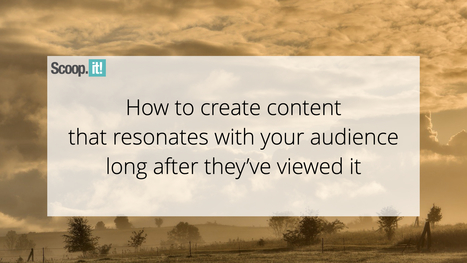


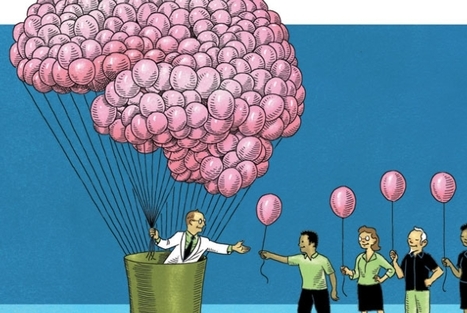
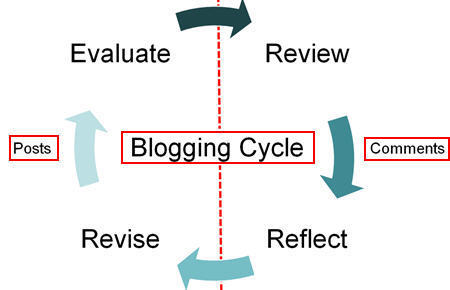



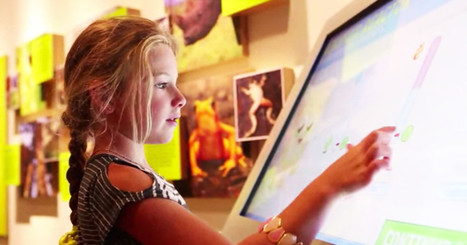
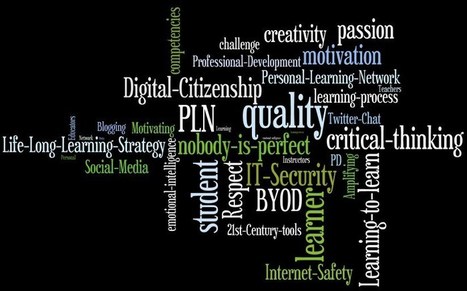


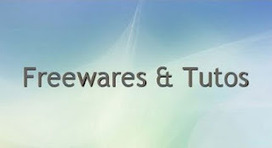
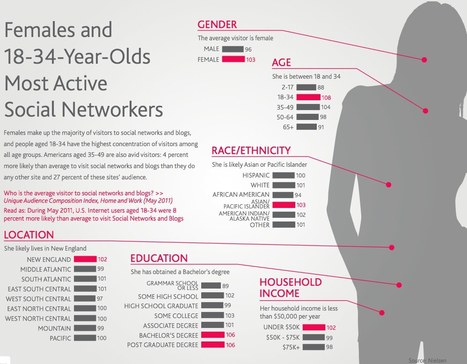





What makes content relatable?
Your content is relatable when there is harmony between your audience and your goals. That means your readers will agree with whatever you say.
Does that mean you have to talk about positive things to strike harmony? Nope. You can also share something difficult to hear. But your content should connect with it on an emotional level.
Sharing personal stories about your brand is an excellent way to make your content relatable. Such content easily makes an emotional connection.
You can also share stuff your readers will find useful. That will create harmony between your goals and your audience’s needs.
Thus, the goal is to create content that is informative, entertaining, or strikes an emotional chord. Let’s see how to go about it.
But what if you could tap into the best visual content that's already out there?
Learn more / En savoir plus / Mehr erfahren:
https://gustmees.wordpress.com/?s=curation
https://gustmees.wordpress.com/?s=blogs
https://www.scoop.it/t/21st-century-learning-and-teaching/?&tag=Blogging
https://www.scoop.it/t/21st-century-learning-and-teaching/?&tag=Curation